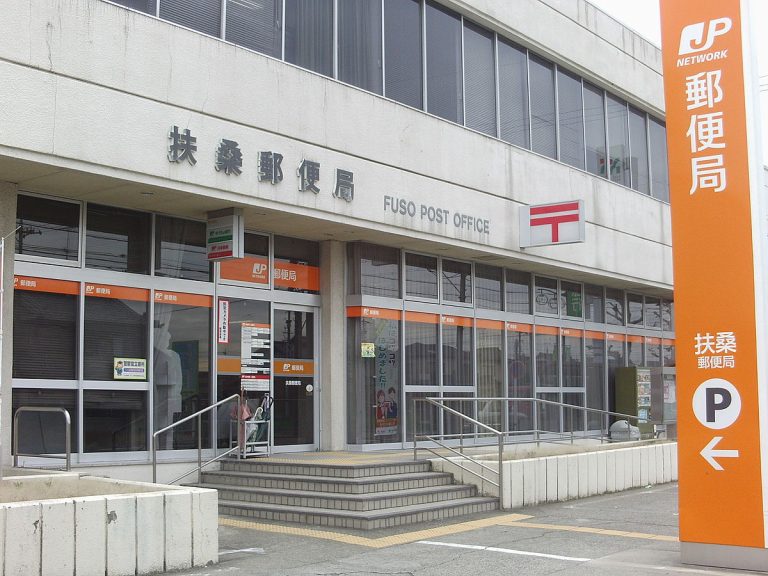
The first time that you send a package overseas using Japanese can be an intimidating experience. I remember going to the post office (郵便局) with a box full of goodies for the folks back home and worrying about it going amiss, not through the dishonesty of the Japanese staff but rather through my terrible Japanese.
However, I needn’t have worried. Most of the Japanese used at the post office is actually pretty simple. When you learn a few useful phrases, you will soon be able to get in and out quickly and be certain that your packages will end up exactly where you want them.
Basic phrases
Before you even set foot in the post office, it is worthwhile learning the basic words, so that you know exactly what to expect. Some words that you will likely need include:
- 封筒 (envelope)
- 切手 (stamp)
- 住所 (address)
-
- which may also be further divided into:
- ご依頼主の住所 (the address of the sender)
- ご届け先の住所 (the receiver’s address)
From where to where
When you start the conversation, you will want to tell the post office staff exactly where you are sending it. The easiest way to say this is by saying the country name plus へ (he, pronounced e). Some common ones are:
- イギリスへ (to Great Britain)
- アメリカへ (to America)
- 南アフリカへ (to South Africa)
- 香港へ (to Hong Kong)
- etc.
The next part is to say what you are sending. Like all post offices, the price varies depending on the size of the package:
- 小包 (a package)
- 手紙 (a letter)
- 郵便箱 (a box)
- 葉書 (a postcard)
The final part is to learn the verb for wanting to send a mail, which is を送りたいのです.
Therefore, if you want to send it to Canada your sentence would be カナダヘ手紙を送りたいのです or a box to Germany ドイツへ郵便箱を送りたいのです.
Choosing the type of mail
So far, so good. However, after this comes the real challenge as you have to choose the type of mail that you want. In Japan, there are a surprisingly wide array of mail types. Some mail types to become familiar with include:
- 普通郵便 is the regular mail type.
- 船便 is for sending by ship. Generally slower, but more affordable.
- 航空便 is for sending by air, a faster option.
- 速達 is for special deliveries.
- 国際スピード郵便 is for those who are really in a rush. It is roughly equivalent to the priority mail system.
- エコノミー航空 is a combination of air and sea that is for people that want to compromise.
Extras
If you live overseas long enough, you will probably have to send something important home. Whether a passport or a present that you really, really want to arrive in one piece, you may want to request extras such as 書留 (registered mail) or 保険 (insurance).
When the contents are valuable, you will likely be asked to write a declaration form about the contents likely using the word 中身 (the contents of something), whether the contents are fragile (割れ物), and the postcode, which is written as 郵便番号 in Japanese.
That’s pretty much it. Thankfully, the words used in post offices are pretty much all simple. With these words in your arsenal, you will be able to go into the post office with confidence, send off the mail and guarantee that it ends up exactly where you want it to go.















